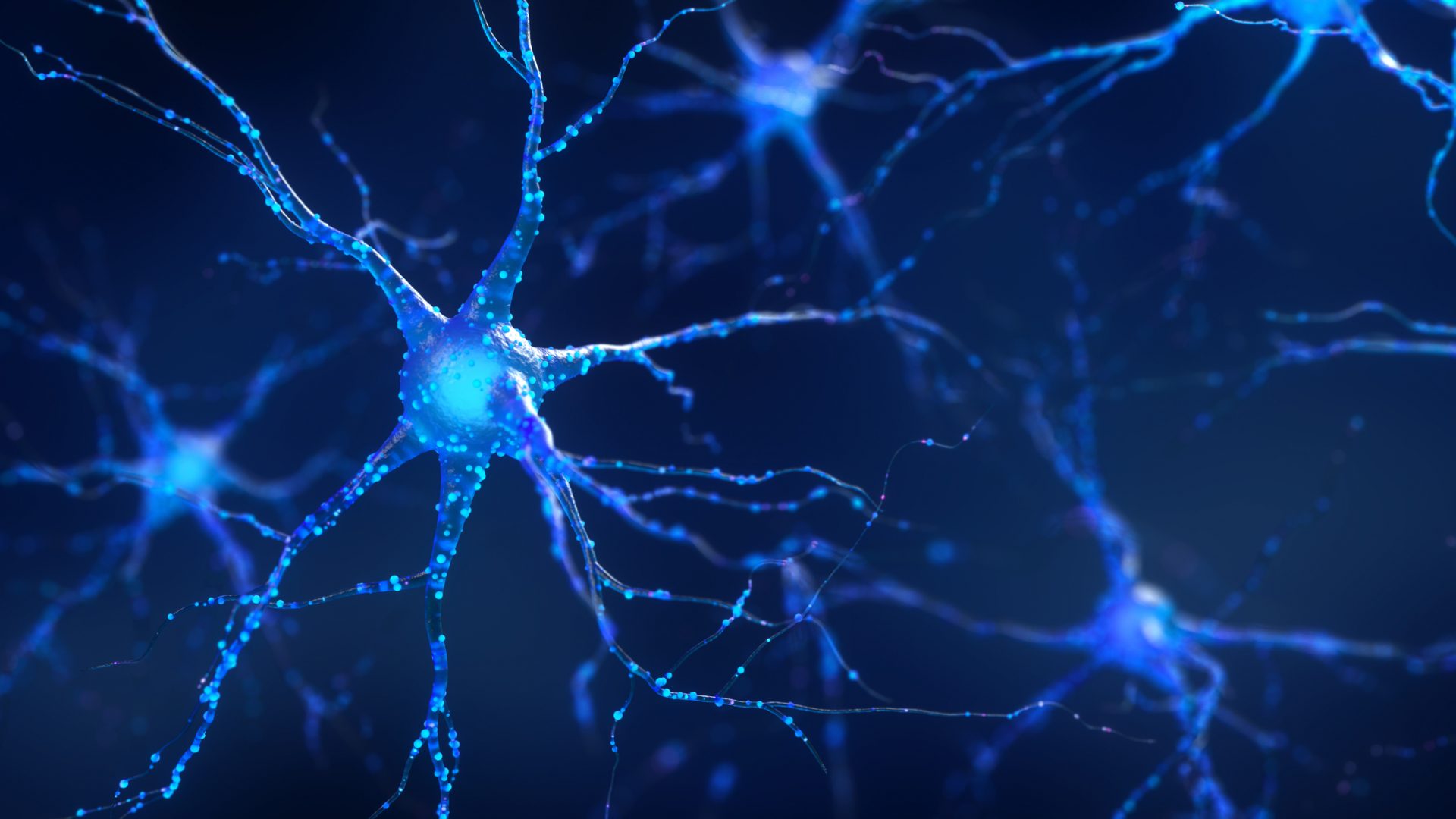Research has established that non-neuronal cells of the central nervous system, notably glia, are important contributors to Alzheimer’s disease (AD) pathogenesis, which includes changes in normal physiological functions, including synapse maintenance, metabolism, structural support, and blood-brain barrier integrity.
Reactive astrocytes induced by immune cell dysfunction and inflammatory responses to pathogenic proteins and dying cells have been implicated in several of these processes. In addition, oligodendrocytes are also of interest in AD pathogenesis given their role in myelin production and axon support required for optimum brain function.
It is not yet clear, however, how subtypes of astrocytes and oligodendrocytes are altered in AD.
Shane A. Liddelow, PhD, an assistant professor of neuroscience and physiology and co-director of the Parekh Center for Interdisciplinary Neurology, leads a research team that is using advanced methods including single-nuclei RNA sequencing (snRNA-seq) and spatial transcriptomics to assess putative functional heterogeneity in glia during AD.
A Novel snRNA-seq Dataset
In a recent study published in Neuron, the team presented a snRNA-seq dataset characterizing astrocytes and oligodendrocytes isolated from human postmortem prefrontal cortex samples from AD and age-matched non-symptomatic patients, with all individuals genotyped and controlled for apolipoprotein E (APOE) genotype Ɛ2/3.
APOE is a major risk factor for AD, Dr. Liddelow explains. “Patients with APOE Ɛ4 are up to 17 times more likely to develop the disease.”
“We chose this patient population as it is underrepresented in other sequencing studies and individuals present with AD dementia onset at later ages, making age matching between non-symptomatic and AD patients more similar.”
Dr. Liddelow and his team identified global and subtype-specific transcriptomic changes between astrocytes and oligodendrocytes isolated from patients with AD versus those from non-symptomatic patients. In addition, they localized heterogeneous astrocyte subtypes to specific cortical regions in the healthy and inflamed brain using published human and mouse spatial transcriptomics datasets.
“We identified unique and previously undefinable astrocyte subpopulations in all of our datasets,” Dr. Liddelow says.
A Resource for Further Research
These data, which are freely available to all researchers on an online portal, were also integrated with published AD snRNA-seq datasets. Dr. Liddelow hopes these combined datasets will provide a paired sequencing and pathology assessment resource that can be used to further explore the breadth of astrocyte and oligodendrocyte transcriptomic changes in AD.
However, while integration with published datasets highlight novel and putative functional populations of glia in AD, future studies will be required to evaluate these subpopulations and their potential for therapeutic modulation.
“We hope that continued integration of our data with future snRNA-seq and spatial datasets will add greater insight to these and many new questions.”
Shane A. Liddelow, PhD
“We hope that continued integration of our data with future snRNA-seq and spatial datasets will add greater insight to these and many new questions in AD,” says Dr. Liddelow.






